Mega-wut? Making sense of energy metrics (part 3)
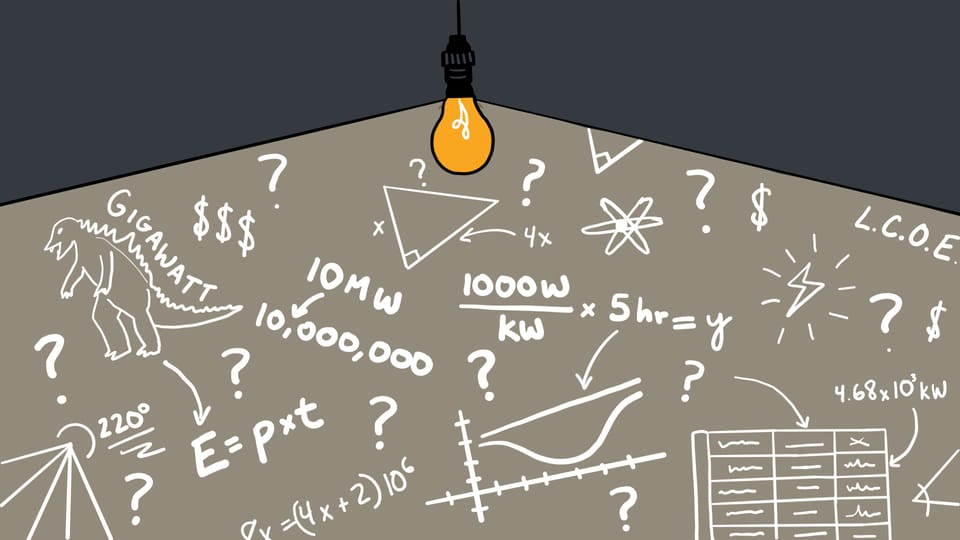
This is part 3 of our series on making sense of energy metrics. If you missed parts 1 and 2, read them here and here.
1. Can we get back to clean energy?
Yes! Last week we got sidetracked with an electric discussion of voltage, current, and heat loss. But let's return to the crux of the matter: we're here to get a better feel for how many renewables we need to build, how many we've built already, and how we might compare the relative value of different power producers.
So: how many combined solar panels, wind turbines, and batteries would we need to replace one 1 GW nuclear reactor?
Solar and wind are 'intermittent' power producers. Solar panels only get about four hours of high-quality sunlight per day on average, while wind turbines only spin roughly 37% of the time, so the math gets tricky…
I won’t show my work here (you’re welcome). Trust that if we convert power production into daily energy output, we find that a 400 W solar panel produces ~2 kilowatt-hours per day, while a 2.5 MW onshore wind turbine produces ~22,200 kWh a day.
(Why am I specifying ‘onshore’ wind turbines? Because 'offshore' wind turbines, i.e. turbines on water—either floating or anchored to the sea floor—tend to be much bigger than their onshore counterparts, so they can produce a lot more power. Offshore wind can be rated up to 15 MW per turbine. That's 6x more power!)
For the sake of simplicity, let’s assume we're replacing our 1 GW reactor's production with a 50/50 split of solar panels and onshore wind turbines. We'll also need enough batteries to store 24 gigawatt-hours of energy so that we're covered in the event of a day without sun or wind.
[crunching numbers]
That comes out to…
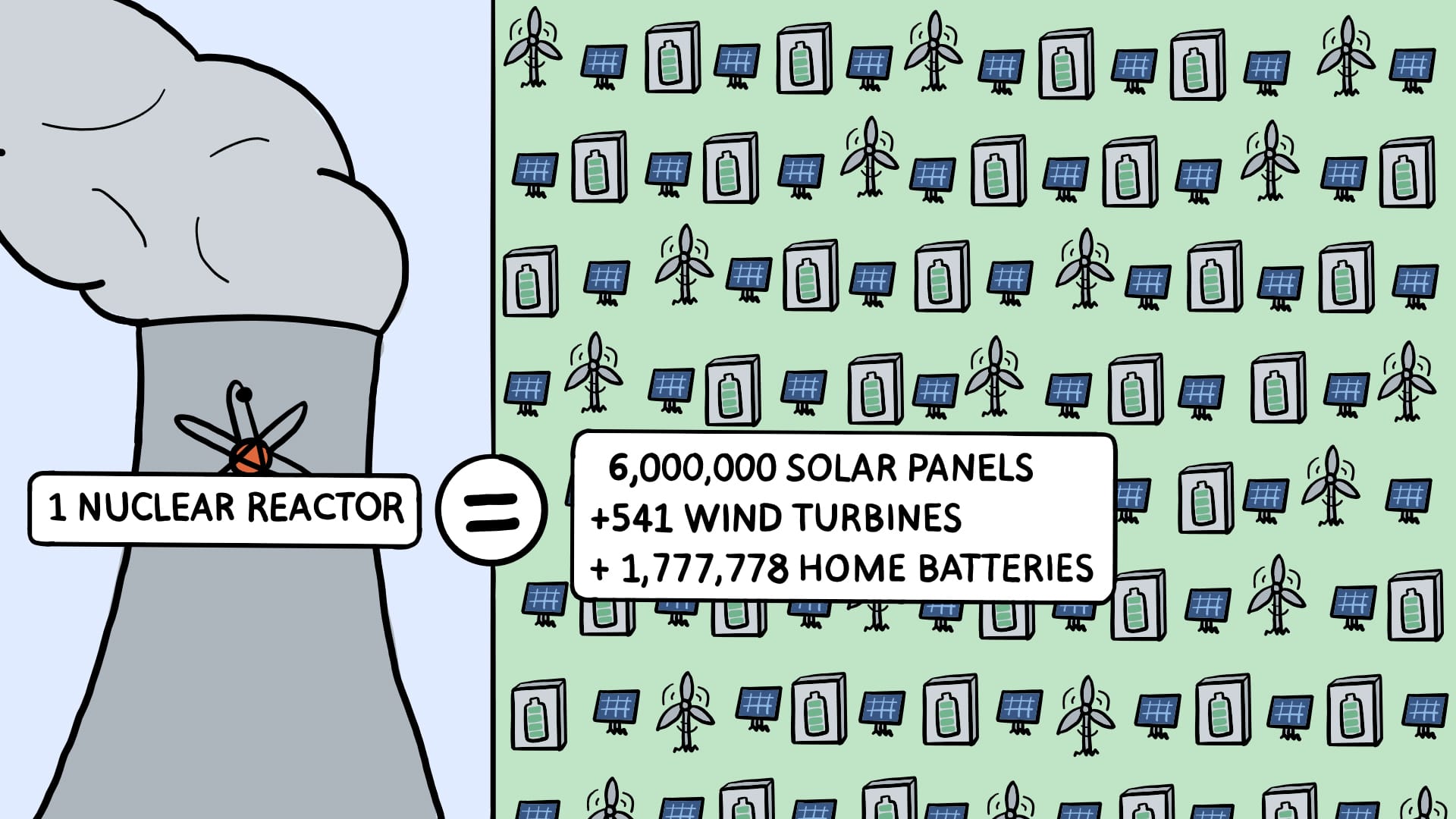
6,000,000 solar panels
541 onshore wind turbines
1,777,778 home batteries
Woof.
Why the frak would we build all those renewables instead of just constructing more nuclear power plants?
Because renewables are still much, much cheaper.
2. Value in the energy world can be measured on a cost-per-watt basis
When dealing with vastly different rates of power production, we can find common ground by comparing how much it costs each producer to generate a single watt.
(We can measure the cost of batteries, too, by what it costs to store energy. If you didn't know, advances in technology have sent the price of batteries into total free fall. It's one of the most exciting developments in clean energy: battery prices fell 20% just last year. It now costs $115 to store one kilowatt-hour. That's 84% less than 10 years ago. Dirt-cheap, energy dense batteries are going to change the world.)
On a cost-per-watt basis, here’s how our producers net out:
'Utility-scale' (meaning 1 MW or more) solar farm : $0.75–1.25 per watt
Onshore wind: $1.30–1.60 per watt
A new nuclear power plant: $6.50–12 per watt
The cheapest utility-scale solar watt costs about 16x less to produce than the most expensive nuclear watt.
So, yeah. Nuclear power remains wildly expensive.
Here's a short case study that really illustrates this point:
The Vogtle Electric Generating Plant is a nuclear power plant in Georgia (the state, not the country). It’s had two reactors up and running since 1989, but back in 2009 construction began on an additional two reactors.
Reactors 3 and 4 were projected to cost a combined $14 billion. Both were initially forecasted to be operational by 2017.
Well, that didn’t quite pan out. Due to a series of delays and contractor issues, the ultimate cost for the two new reactors totaled nearly $35 billion. And the last reactor, Reactor 4, didn’t come online until last year (2024). In the end, the project was $21 billion and seven years over budget. Not ideal!
How many solar panels and wind turbines do you think we could build for $35 billion? A metric shit-ton, is the answer—and they wouldn’t take 15 years to start producing power.
But it's not exactly fair to compare power producers by their respective construction costs alone. For a more accurate comparison, we need to factor in all the costs associated with a piece of hardware over the course of its lifetime. That includes construction, operation, and maintenance.
If only there was a name for that…
3. The Levelized Cost of Energy
Oh, wait. There is. Here’s a new acronym: LCOE, the Levelized Cost of Energy. This just means we’re baking in all the costs—construction, operation, and maintenance—to get a clearer understanding of what it ultimately costs to generate one megawatt-hour of energy.
Here’s how the LCOE breaks down:
Onshore wind farm: $24 to $75 per MWh
Utility-scale solar farm: $24 to $96 per MWh
A new nuclear power plant: $81 to $190 per MWh
Taking into account the LCOE, onshore wind can actually give us more bang for our buck than utility-scale solar farms. And both wind and solar are still cheaper than nuclear in almost all cases. But the LCOE delta is smaller than the relative cost of construction. This makes sense: nuclear power plants last around 60 years, whereas solar panels and wind farms have a lifespan closer to 25 years.
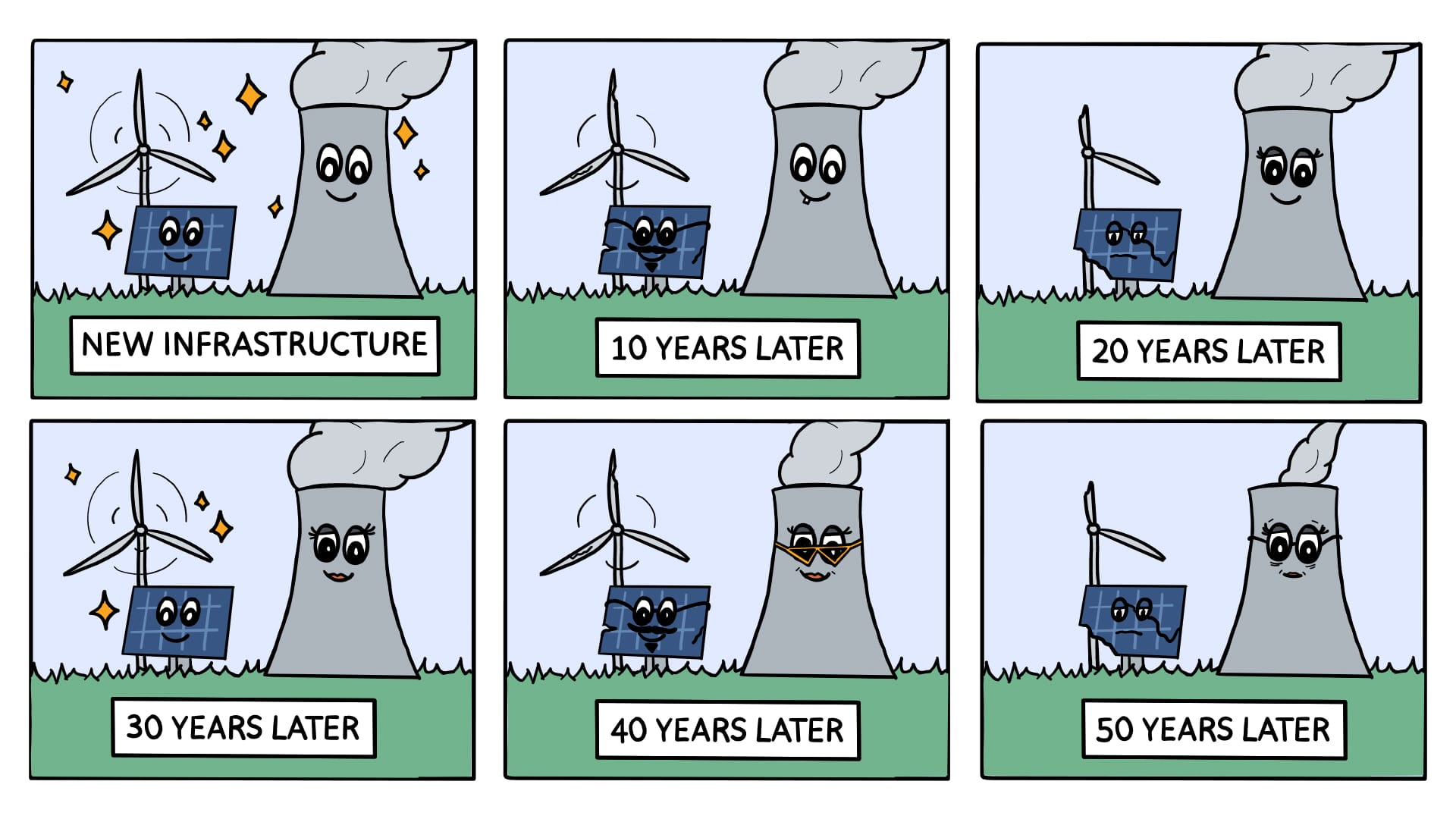
4. So we should just build lots of wind turbines?
For sure. Kansas alone has an estimated 952 gigawatts of untapped wind power potential.
But LCOE isn’t the whole story either, y’know.
We need to build wind turbines where it’s windy, solar farms where it’s sunny, and probably some more nuclear power plants, too, to make sure we’ve got all our bases covered. America's a big country, and our timeframe is short: we can and must do more than one thing at once.
5. How much clean energy do we need to build to reach 100% renewables?
The Energy Information Administration (EIA) projects energy demand for the U.S. will rise to 4,185,000 gigawatt-hours in 2025. That impossibly large number accounts not just for homes, but for industries, businesses, and transportation.
(Kansas' 952 GW of wind power potential could annually generate ~3,000,000 GWh. That's nearly 3/4 of the total energy we're projected to use this year. Makes you think!)
Here's a neat chart of U.S. energy consumption. Take a look at the pink boxes on the right side. You can see how much more energy is used by industry and transportation than by residences. (This chart is measuring in units of 'quads'. One quad is equal to 293,000 GWh.)
By the way, if you’re wondering what the hell that giant grey ‘Rejected Energy’ box means, I’ll reiterate last week's post: a huge amount of the energy we produce gets totally wasted.
That’s because burning fossil fuels is incredibly inefficient.
When we burn a fossil fuel, we lose a giant portion of its energy potential in the form of escaped heat. A coal power plant typically operates at only 30 to 40% efficiency—meaning, for every lump of coal we burn, only 30-40% of it actually turns into usable energy. The rest burns off into the air.
A gas-guzzling SUV only transfers 25% of its gasoline’s energy potential into powering the engine. That's why ICE (internal combustion engine) vehicles require so much coolant.
Once again, I digress.
How much clean energy will we need in the future?
NREL, the National Renewable Energy Laboratory, conducted a study showing the U.S. will require a generating capacity of around 3,000 GW if we want to achieve a 'net-zero' power grid by 2035. (Net-zero means humans produce zero greenhouse gas emissions.)
3,000 GW is a bonkers number. Remember, Kansas could theoretically power 3/4 of America today with 952 GW. NREL is forecasting a three-fold increase in the amount of energy we're going to need in ten years time.
Mnemonic device:
Here's how I remember we need to build 3,000 GW of clean energy if we want to achieve net-zero by 2035:
Building clean energy is the coolest → Andre 3000 from Outkast is the coolest → We need to build Andre 3000 GW of clean energy.
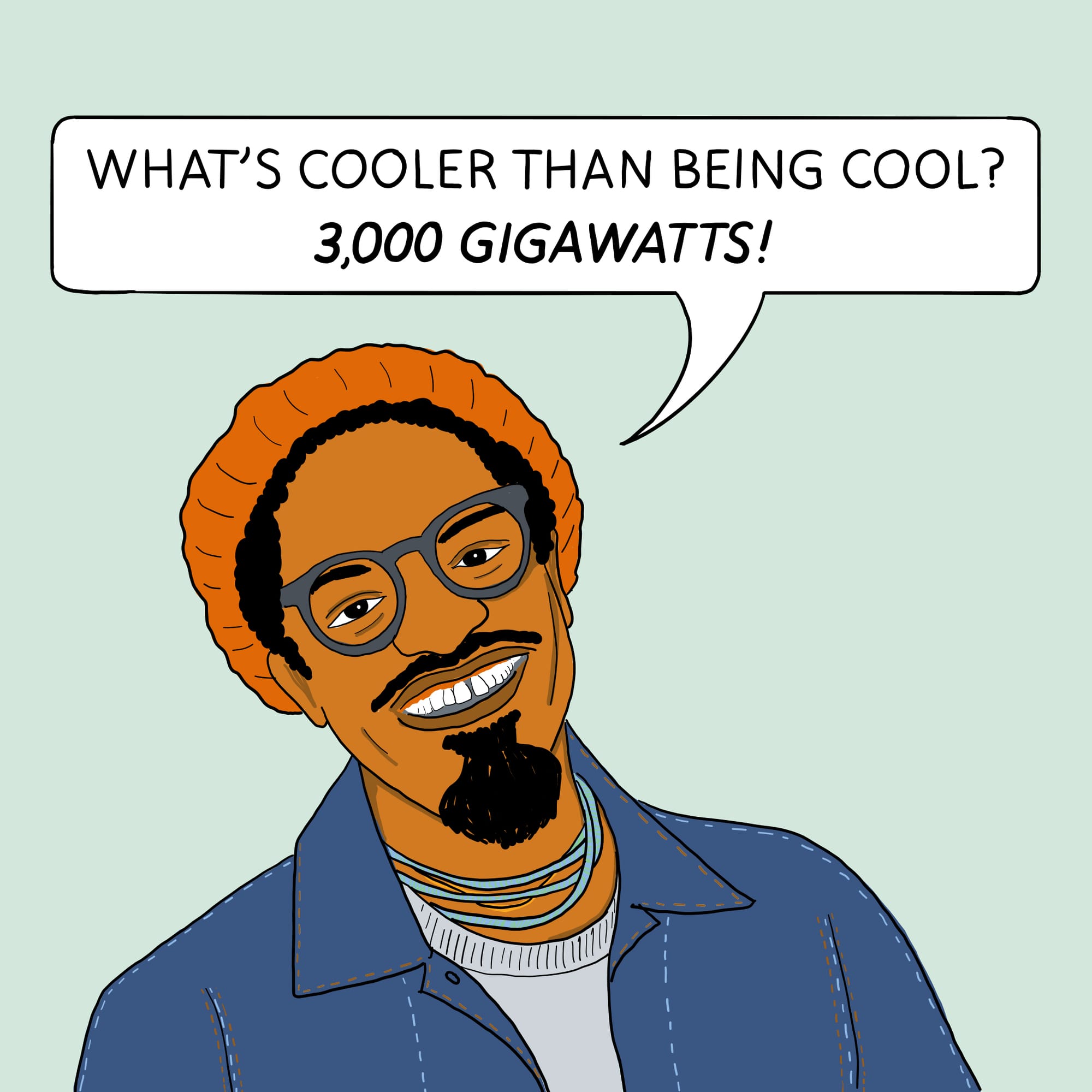
Another way of contextualizing this: 3,000 gigawatts = 3 terawatts
9 TW was the entire world's total generating capacity in 2022.
As we continue to electrify more and more parts of our planet, we will need to generate more power than ever before. To achieve this, we need to massively build out and upgrade our existing power grid... but I can't get into all that right now!
6. How many renewables have we built so far?
To date, we’ve built about 155 GW of solar, 148 GW of wind, and 26 GWh of batteries in the United States.
Juuuuuust shy of our 3,000 GW goal.
California accounts for 36 GW of that solar, while Texas accounts for 19 GW of solar and 14 GW of wind.
Here in New York, the New York Power Authority (NYPA), America’s largest publicly owned utility company, has committed to building 3 GW of clean energy… eventually. ‘As (fast as) we prudently can,’ is how they put it.
They do seem to be trying. NYPA just announced a new 20 MW solar farm project on 150 acres of land upstate.
29 MW isn't nothing. But it’s not nearly enough. 20 gigawatts wouldn’t be nearly enough. To transition to using 100% renewables, New York will need to build an estimated 100–130 GW by 2040.
We’ve got our work cut out for us. And it sure doesn’t look like the Trump administration plans to help advance this righteous cause. Dude is literally trying to make coal happen again.
(Coal’s LCOE today, if you're curious, is on par with a nuclear power plant. It makes absolutely no sense to go back to burning expensive, dirty fuel sources like coal. Unless your buddy owns a coal plant, I guess.)
Thankfully, the rest of the world is urgently moving in the right direction. The British think tank Ember recently published its annual Global Electricity Review 2025, which includes this jaw-dropping headline: 40% of the globe's electricity now comes from clean energy sources.
40%! That’s not half-bad.
7. Let's wrap this up...
When I set out to write about energy metrics, I did not think it would take three full weeks and six-thousand words to cross the finish line. There's so much to say! If you read all three posts, go buy yourself a green juice. You've earned it.
If you only remember three things from this series, might I suggest:
- Nuclear is expensive and time-consuming to build, but it generates one Godzilla Gigawatt per reactor
- Voltage is like water falling from different heights; current is the diameter of a hose
- In order for the U.S. to reach net-zero by 2035, we need to build Andre 3,000 GW of clean energy
Go deeper
- Read this Energy Cheat Sheet from Construction Physics. It covers a lot of the same basic information but in far more elegant terms.
- Watch this goofy but effective video that explains voltage, current, and resistance using hydroelectric turbines and batteries (YouTube, 9:44)
- Page through Ember's Global Electricity Review 2025. There are some remarkable stats in there.
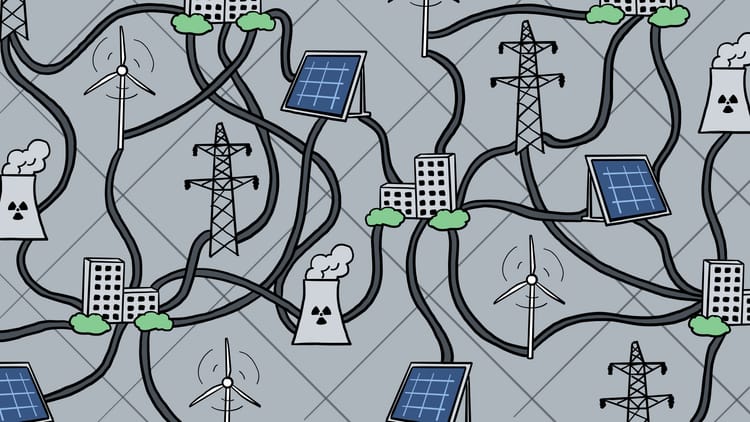
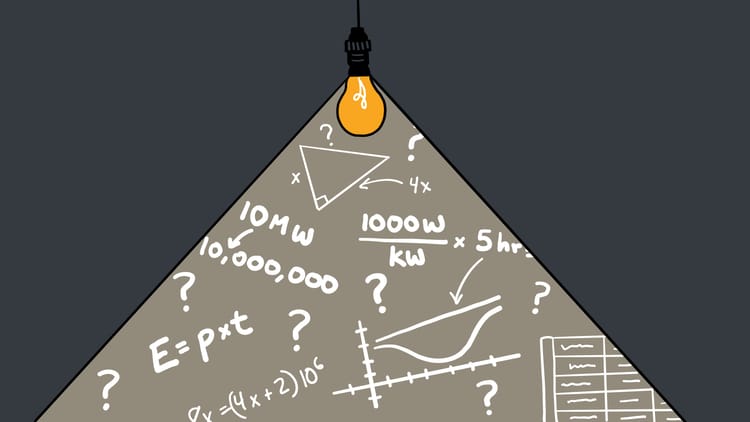
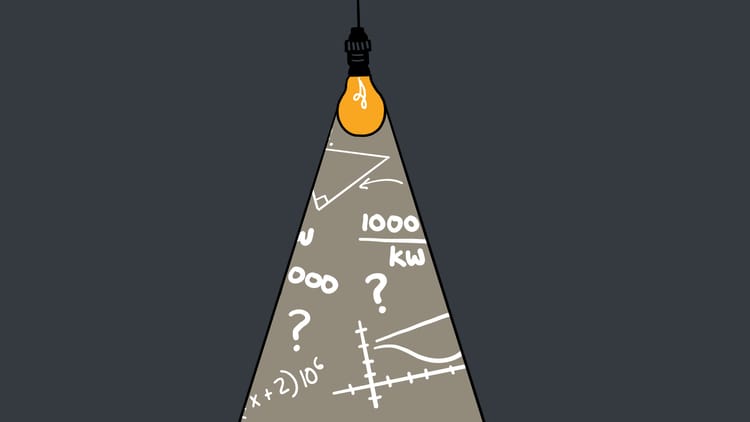

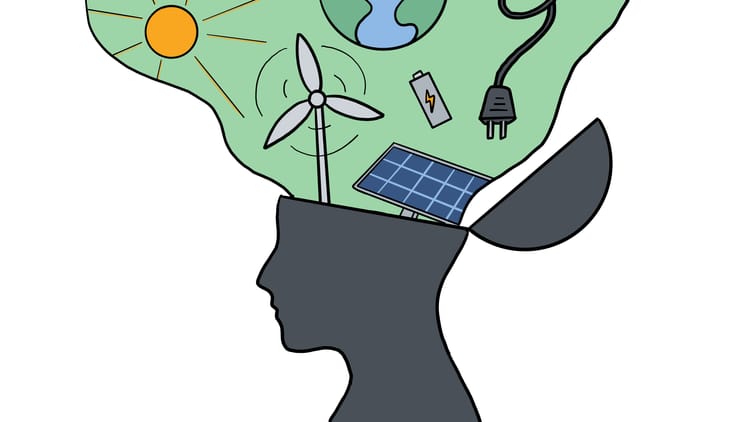
Member discussion